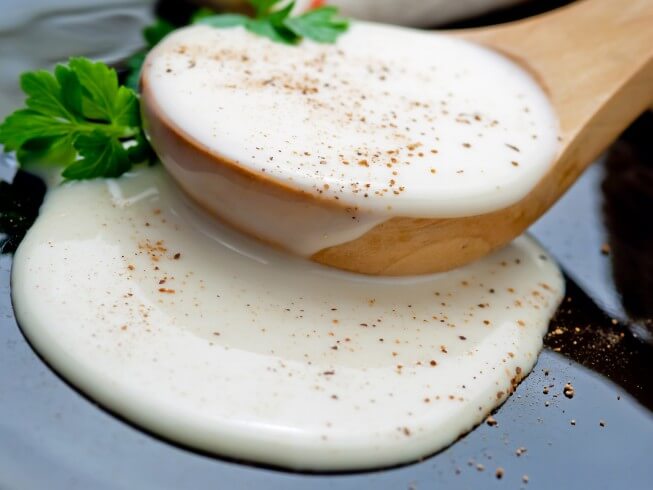
Also, we have been blessed with a wonderful son-in-law and beautiful daughter-in-law, plus FIVE grandchildren: two beautiful granddaughters ages five and eight, and three sweet adorable little grandsons ages 2 months, 2 years and 3 years. Other flavorful compounds present in cheese are mostly intentional byproducts of bacteria and aging.Married to my sweetheart for almost forty years and we have two wonderful children who are grown and have flown the coop. Salt can have a profound effect on the texture of the cheese-saltier cheeses have had more moisture drawn out of the curd before being pressed, so they tend to be drier and firmer. Salt and other flavorings make up the rest of the cheese.These micelles link together into long chains, forming a matrix that gives the cheese structure. These proteins come together head first in bundles of several thousand, protecting their hydrophobic heads, and exposing their hydrophilic tails. Individual milk proteins (the main ones are four similar molecules called caseins) resemble little tadpoles, with hydrophobic (water-avoiding) heads, and hydrophilic (water-seeking) tails. Protein micelles are spherical bundles of milk proteins.Because of this, and because of their suspension, the fat globules don't come into contact with each other to form larger globules: cheeses stay creamy or crumbly instead of greasy. Under around 90☏ (32☌), the fat is solid.


Famous hard cheeses, like Parmigiano-Reggiano or Pecorino Romano may be as little as 30% water after several years of aging. The longer a cheese is aged for, the more moisture it loses, and the harder it becomes.

Young cheeses like Jack, mild cheddar, or mozzarella have a relatively high water content-up to 80%.


 0 kommentar(er)
0 kommentar(er)
